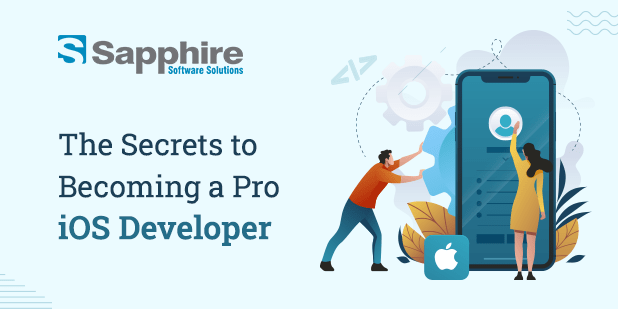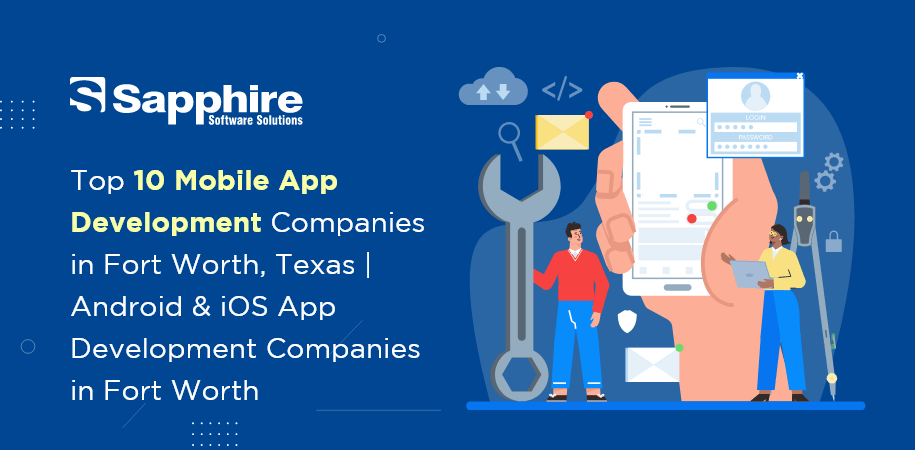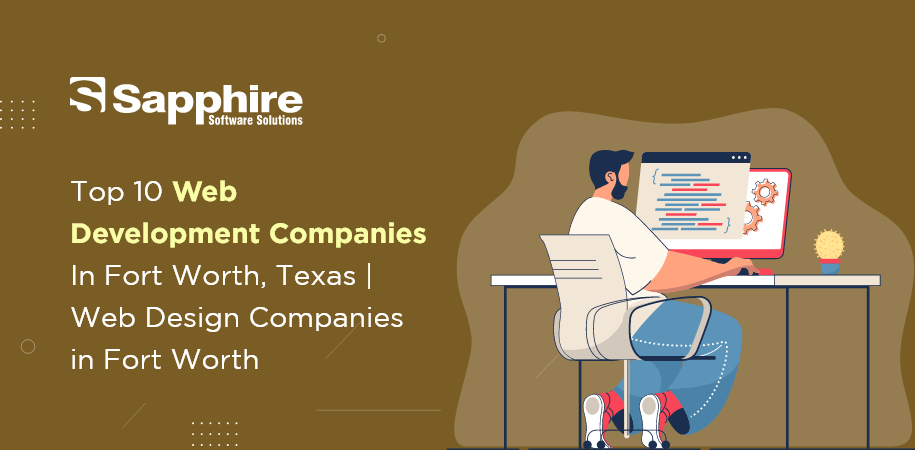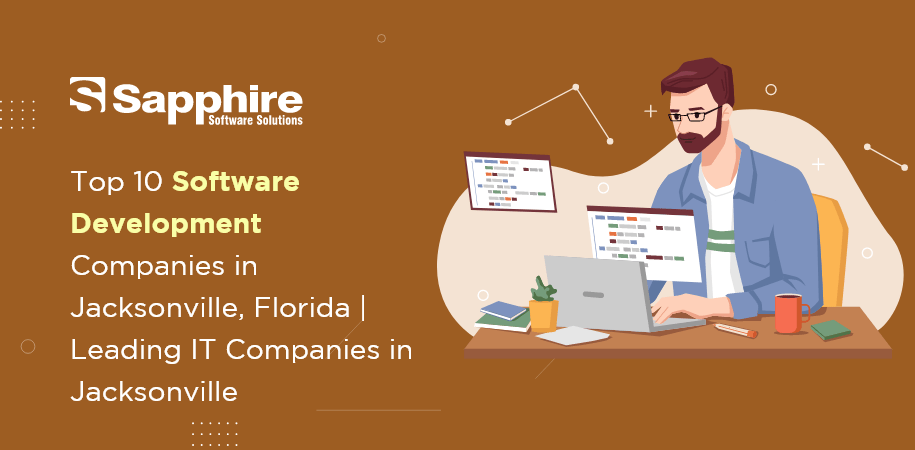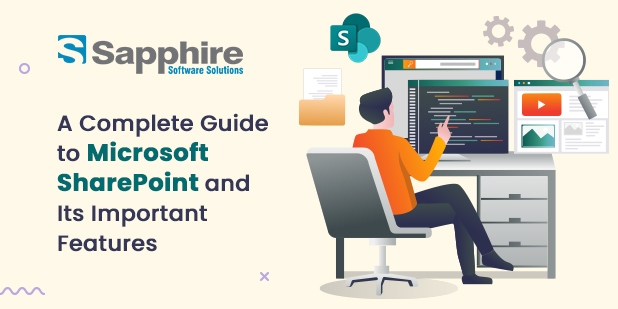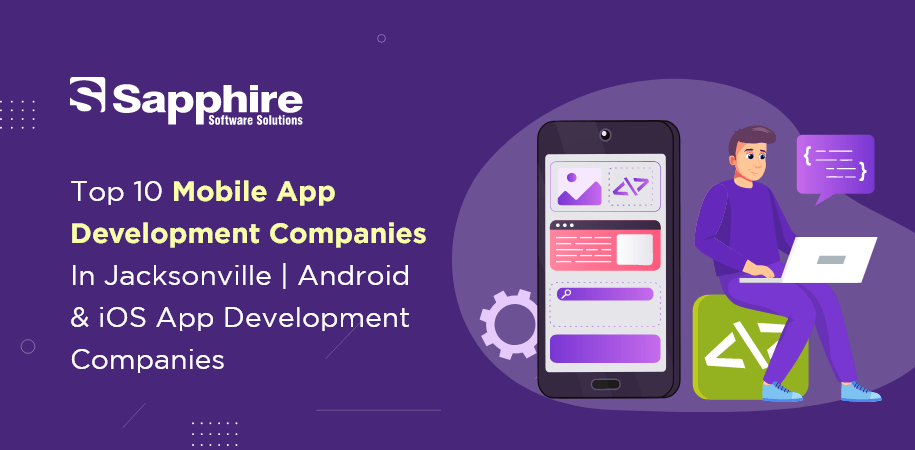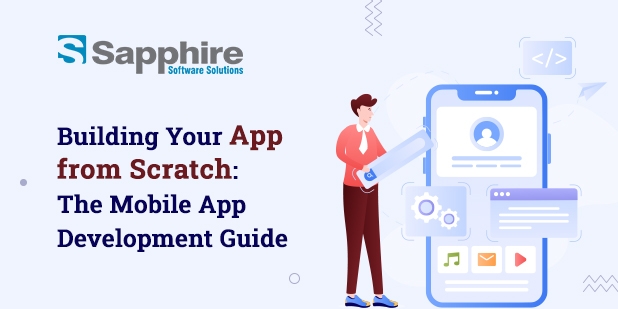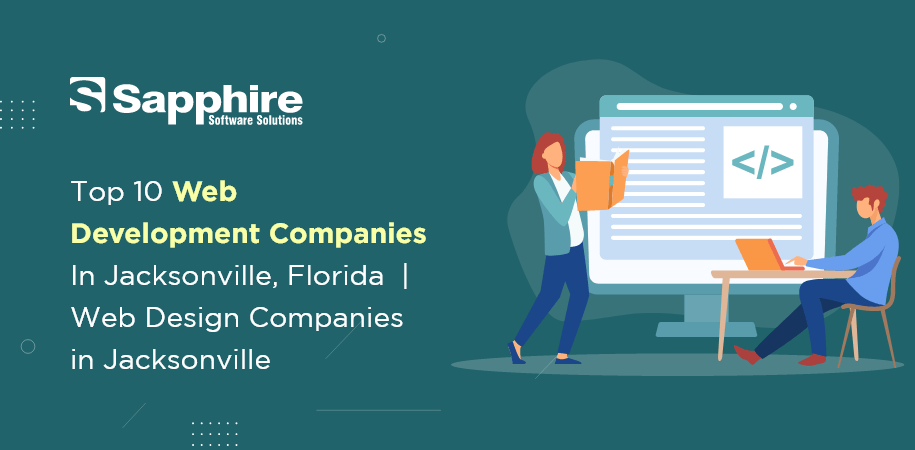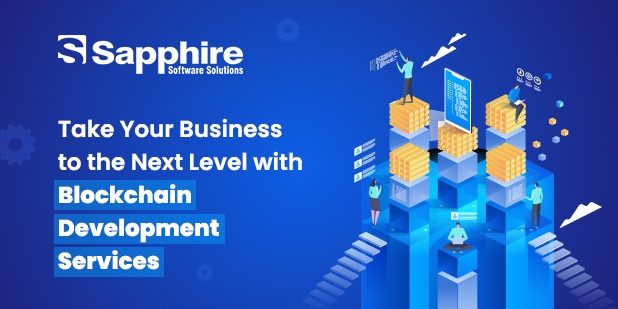iOS is Apple’s mobile operating system, and it’s the brains behind some of the company’s most successful products, such as the iPhone, iPad, and iPod Touch. The iOS platform has seen substantial growth over the past few years, and with it has increased the need for talented iOS developer. There has never been a moment when learning to design apps for iOS will be more beneficial to your career than now.
How to Become an iOS Developer?
In this post, we’ll look at some of the essential abilities you’ll need to hone to become an iOS developer at the professional level. We will cover everything you need to know to design successful iOS applications, from being proficient in the programming languages used to construct iOS apps to becoming familiar with the different iOS frameworks. Hire iOS app developers in USA, India for your upcoming Project.
1. Learn the Swift Programming Language:
Apple’s internal development of iOS apps takes place in the programming language known as Swift. It is a language that is simple, straightforward, and easy to learn, offering great flexibility and variety. Swift has a concise yet expressive syntax, which makes it easy to understand and create code in less time.
If you’re just starting out with programming, Swift is a great language to learn first. It’s easy to pick up, and there are tons of materials available to help you learn, including online tutorials, books, and even courses. As you gain more expertise with Swift, you will become aware of its stronger features, such as its sophisticated memory management and error-handling capabilities.
2. Get Familiar with Xcode:
The Integrated Development Environment (IDE) used when developing iOS apps is called Xcode. It is a powerful tool that gives you everything you need to design and troubleshoot your iOS applications including an editor, debugger and other essential features. Since Xcode is the primary tool iOS developers use, it’s essential to be familiar with it.
Developing iOS apps is made simple with Xcode’s intuitive user interface. With Xcode, you can build and manage your project, write code, test and debug your app, and upload it to the App Store. You can learn to use Xcode with the help of various resources like online tutorials, books, and classes. All of them are accessible to you.
3. Master the iOS Frameworks:
iOS frameworks are libraries already built in that provide important functionality straight out of the box. User interface design, networking and data storage are some of the many aspects that are addressed by the framework. You’ll be able to construct iOS apps promptly and effectively after you fully grasp the iOS frameworks.
The following are some of the iOS frameworks that are utilized most frequently:
– UIKit is a framework that offers the fundamental components necessary for developing user interfaces. It incorporates everything from navigation controllers and table views to buttons, labels, and everything in between.
– Foundation: This framework offers important classes for dealing with data, such as strings, arrays, and dictionaries, which can be accessed using the Foundation namespace.
– Core Data: This framework allows users to store data in a local database and retrieve it when necessary.
– Core Animation: This framework gives you access to solid capabilities for animating user interfaces, enabling you to build exciting and dynamic applications.
Depending on the application you’re developing, many other frameworks are available. You will be able to design iOS apps that are powerful, fast, and simple to maintain if you master these frameworks and understand how they function.
4. Keep up with the Latest iOS Development Trends:
The landscape of iOS development is constantly changing, with new developments appearing regularly in both trends and technology. Maintaining professional awareness of these trends and keeping up with the most recent advancements is essential when working as an iOS developer.
The following are the most recent trends in iOS development:
– SwiftUI is a new framework that Apple released in 2019 to make developing user interface more simple. This makes it easier to develop code that is simultaneously clear and concise because of the syntax employed.
– ARKit is a framework that allows iOS app developers to incorporate augmented reality experiences into their products. If your device is equipped with Apple’s ARKit, you can interact with virtual things in the real world in real-time.
– Machine Learning Apple provides several frameworks such as Core ML and Create ML to integrate machine learning models into iOS apps. Machine learning and artificial intelligence are becoming increasingly prominent themes in iOS development.
You can set yourself apart from other developers in the industry by being current with the most recent trends and technologies in iOS development. This will allow you to build useful applications at the leading edge of technology.
5. Build a Strong Foundation in Computer Science:
While it is possible to become an iOS developer without a computer science background, having a solid foundation in computer science can be beneficial. It is possible to develop more effective and optimized code if you have a solid understanding of data structures, algorithms, and computer architecture.
Learning computer science can be accomplished in a variety of ways, including attending classes at a university, reading books on the subject, and enrolling in courses offered online. Coursera, edX, and Udacity are three well-known online educational systems focusing on computer science.
6. Practice, Practice, Practice:
Developing expert-level competence takes practice, and iOS development is no different. You will become more proficient at writing code if you do this more often. It will help if you start by developing simple applications, then work on more involved projects as you gain experience.
Working on open-source projects is a great opportunity to hone your skills and gain experience. Open-source projects are those that are accessible to the general public, allowing anyone to participate in the project’s development.
If you contribute to open-source projects, you’ll enhance your coding abilities and learn to work closely with other developers.
7. Learn to Debug and Troubleshoot Your Code:
As an iOS developer, you will inevitably encounter problems and errors in your code. One of the essential skills for a developer is the ability to debug and troubleshoot their code. Breakpoints, console, and debugger are some of the tools that Xcode provides for use in the debugging process.
Check the console for error messages when you run into a problem or glitch. The console gives you information about what’s happening in your app and can help you determine the cause of the problem by pointing you in the right direction.
Using breakpoints is another effective debugging technique that enables you to interrupt the execution of your code at certain points in order to examine the state and behavior of the program.
8. Build Your Network:
Developing professional relationships with other iOS programmers can be an extremely rewarding career move for you. You can learn from the experiences of others, stay up to date on the latest trends and technology, and perhaps explore career possibilities by participating in various networking activities.
Attending iOS developer conferences and meetups and participating in online groups and forums are excellent ways to expand your professional network. Connecting with other developers and expanding your professional network can be accomplished through LinkedIn.
9. Stay Organized and Efficient:
iOS development can be complex due to the many dynamic elements that need monitoring.You need to stay organized and productive when it comes to managing your workload and making sure you meet your deadlines.
Project management software like Trello or Asana is one way to maintain your sense of organization. With these tools, you can generate task lists, assign tasks to other team members, and monitor the progress of your projects.
A version control system such as Git is another essential tool for iOS development. Thanks to version control, you can trace changes to your code, communicate with others, and revert to previous versions if necessary.
10. Keep Learning:
Lastly, iOS developers need to continue their education and professional development. The world of iOS development is constantly changing, with new technological developments and trends appearing regularly. If you keep abreast of the most recent advances in the field and continue to expand your skill set, you’ll be able to maintain your competitive edge in the job market and build iOS apps that are both superior and forward-thinking.
Conclusion:
If you have an open mind, always be interested, and continually work to develop your iOS app development skills, you will be able to find success in this stimulating and financially lucrative area. However, if you are the one who needs to hire an iOS developer for an app, we are here for you. Our iOS app development company has the best well-trained, and certified developers. To know more about our iOS app development services in USA, India, contact us now!
















